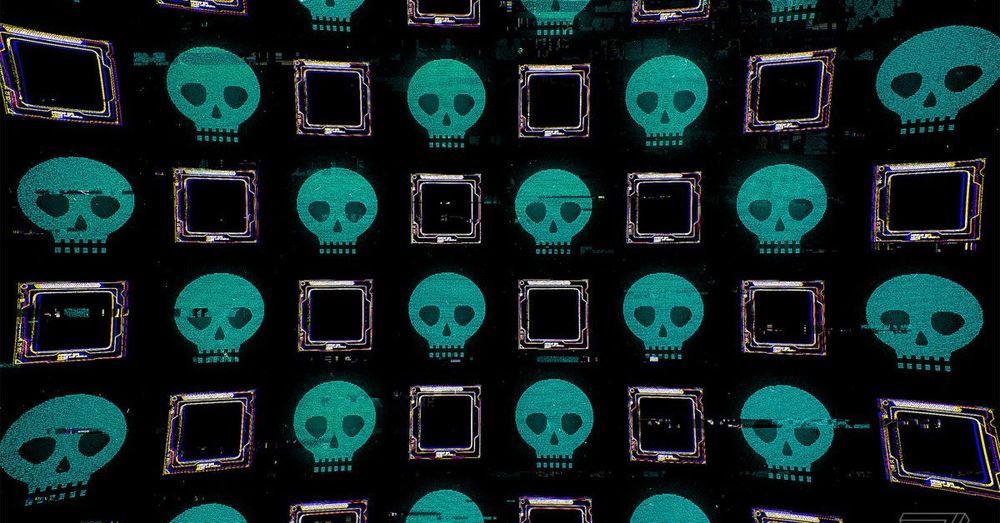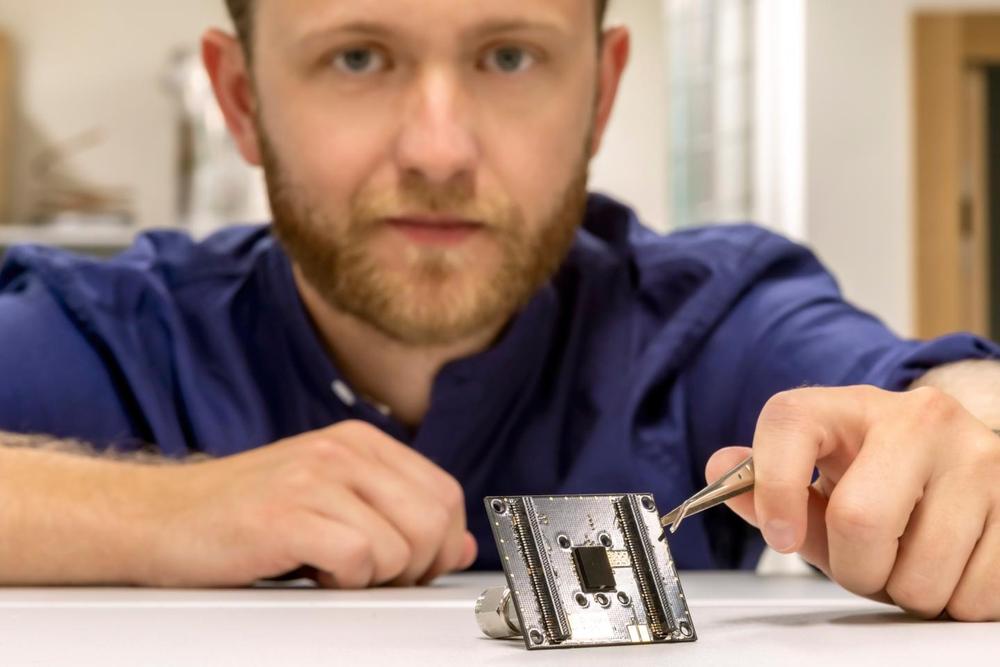Catch up on all the excitement of our newest products from the October Event. iPhone 12, iPhone 12 mini, iPhone 12 Pro, iPhone 12 Pro Max, and HomePod mini. It’s all here.
“Say My Name” by Jaded.
Catch up on all the excitement of our newest products from the October Event. iPhone 12, iPhone 12 mini, iPhone 12 Pro, iPhone 12 Pro Max, and HomePod mini. It’s all here.
“Say My Name” by Jaded.


Might as well make it a movie!
This is the first time ever in my life that I felt frightened while writing a story on Medium. Then, I proofread it and I started sweating all of sudden. Find out for yourself and let me know how you feel! Anyway, recently, I wrote how Elon Musk’s Starlink could potentially take over the whole telecommunications industry, how it can eventually change the digital landscape, and how it can connect our blueprint to the universe. Today, I’m writing how Starlink, along with the right planning, execution, and zero technological compromises, can create not just a new technology, but a whole new way of living.
Imagine wandering the Sahara desert on a weekend trip and suddenly, you feel the urge to capture the moment. So, you pick up your iPhone and take a panoramic picture. Then, imagine sharing that same picture to your friends, to your family, right in that exact moment. Your family decides to FaceTime you and you talk to them for an entire hour while blindly walking around the Sahara desert, drenching in sweat. That’s what it’s like to be Starlink connected. There are no limits to what Starlink can do. Online, wherever you go.
Starlink isn’t just a widespread broadband internet communications system, Starlink is a whole new way of living. It’s a real-world reinvention.
No cellular data issues, no “we’re in the middle of nowhere”, and no “low signal”. You can pretty much end up in the most barbaric place on the earth and still be receiving tweet updates from Trump on Twitter. Just you, your device, and the whole universe. A digital interplanetary being, so to speak. Though, Aliens might hack the satellites and gain information about us. They might take advantage of Starlink as a better way to connect to humans. However, we’re pretty sure Elon will create another company that prevents Aliens from cyberbullying us. Right, Elon?


Instead of using a credit card or smartphone to pay for your goods, Amazon wants you to use your hands.
In a blog post, the company unveiled its own palm recognition technology, known as Amazon One. The technology, first rolling out in Amazon’s home market of Seattle, will use people’s palms to identify them and combine that with details of the palm, such as lines and ridges, to build a “palm signature.”
“In most retail environments, Amazon One could become an alternate payment or loyalty card option with a device at the checkout counter next to a traditional point of sale system,” Dilip Kumar, vice president, Amazon Physical Retail, wrote in the post. “Or, for entering a location like a stadium or badging into work, Amazon One could be part of an existing entry point to make accessing the location quicker and easier.”

It doesn’t appear staff or patient information was compromised.
Health care provider Universal Health Services, one of the largest chains in the US, has been hit by an apparent ransomware attack, TechCrunch reported. UHS facilities in California, Florida, North Dakota, Arizona, and other locations began noticing problems early Sunday, with some locations reporting locked computers and phone systems.
Some UHS hospitals had to use pen and paper to file patient information as a result, according to NBC News.
The hospital system, which has more than 400 locations in the US and the UK, said in a statement on Monday that its IT network across several facilities was offline “due to an IT security issue.” No patient or employee data appears to have been compromised, according to the statement, which did not mention malware or ransomware.

While there’s no launch date yet, the People’s Bank of China is likely to be the first major central bank to issue a digital version of its currency, the yuan, seeking to keep up with — and control of — a rapidly digitizing economy. Trials have been held this year in a handful of cities and tests have started with some e-wallets and online apps, with the Covid-19 pandemic and need for social distancing providing a new sense of urgency. Unlike cryptocurrencies such as Bitcoin, dealing in the digital yuan won’t have any presumption of anonymity, and its value will be as stable as the physical yuan, which will be sticking around too. Behind China’s rush is a desire to manage technological change on its own terms. As one PBOC official put it, currency isn’t only an economic issue, it’s also about sovereignty.
Not all the details are out, but according to new patents registered by the PBOC and official speeches, it could work something like this: Consumers and businesses would download a digital wallet onto their mobile phone and fill it with money from their account at a commercial bank — similar to going to an ATM. They then use that money — dubbed Digital Currency Electronic Payment, or DCEP — like cash to make and receive payments directly with anyone else who also has a digital wallet. Some questions remain, including the impact on Big Tech companies such as Ant Group Co. and Tencent Holdings Ltd. that already offer payment services.

Air pollution involving very fine dust, such as PM2.5 particles, poses a serious threat to human health. Scientists in Austria have developed what they call the smallest particle sensor in the world, designed specifically to detect these harmful pollutants and offer a highly localized picture of air quality by being integrated into wearables and mobile devices.
According to the World Health Organization, air pollution contributes to more than four million premature deaths each year. While PM10 particles with a diameter of 10 microns or less can also make their way into their lungs, the finer PM2.5 particles are even more dangerous, as they can penetrate the lung barrier, slip into the blood stream and, through chronic exposure, cause severe forms of cardiovascular and respiratory disease, along with other health problems.
Concentrations of PM2.5 particles can be gauged through monitoring stations positioned around cities and regions, in fact the US Environmental Protection Agency uses a nationwide network of these stations to track air quality trends. But scientists from Austria’s Graz University of Technology (TU Graz) have been working on a more cost-effective, compact and versatile solution that can alert individual users of dangerous conditions in real time.
The Always Home Cam foils a very sloppy burglar.
Ring has given a brief demo of its flying security camera drone in a new ad. The Always Home Cam will be available next year and can be controlled with your phone.

Recommending content, powering chatbots, trading stocks, detecting medical conditions, and driving cars. These are only a small handful of the most well-known uses of artificial intelligence, yet there is one that, despite being on the margins for much of AI’s recent history, is now threatening to grow significantly in prominence. This is AI’s ability to classify and rank people, to separate them according to whether they’re “good” or “bad” in relation to certain purposes.
At the moment, Western civilization hasn’t reached the point where AI-based systems are used en masse to categorize us according to whether we’re likely to be “good” employees, “good” customers, “good” dates and “good” citizens. Nonetheless, all available indicators suggest that we’re moving in this direction, and that this is regardless of whether Western nations consciously decide to construct the kinds of social credit system currently being developed by China.
This risk was highlighted at the end of September, when it emerged that an AI-powered system was being used to screen job candidates in the U.K. for the first time. Developed by the U.S.-based HireVue, it harnesses machine learning to evaluate the facial expressions, language and tone of voice of job applicants, who are filmed via smartphone or laptop and quizzed with an identical set of interview questions. HireVue’s platform then filters out the “best” applicants by comparing the 25,000 pieces of data taken from each applicant’s video against those collected from the interviews of existing “model” employees.